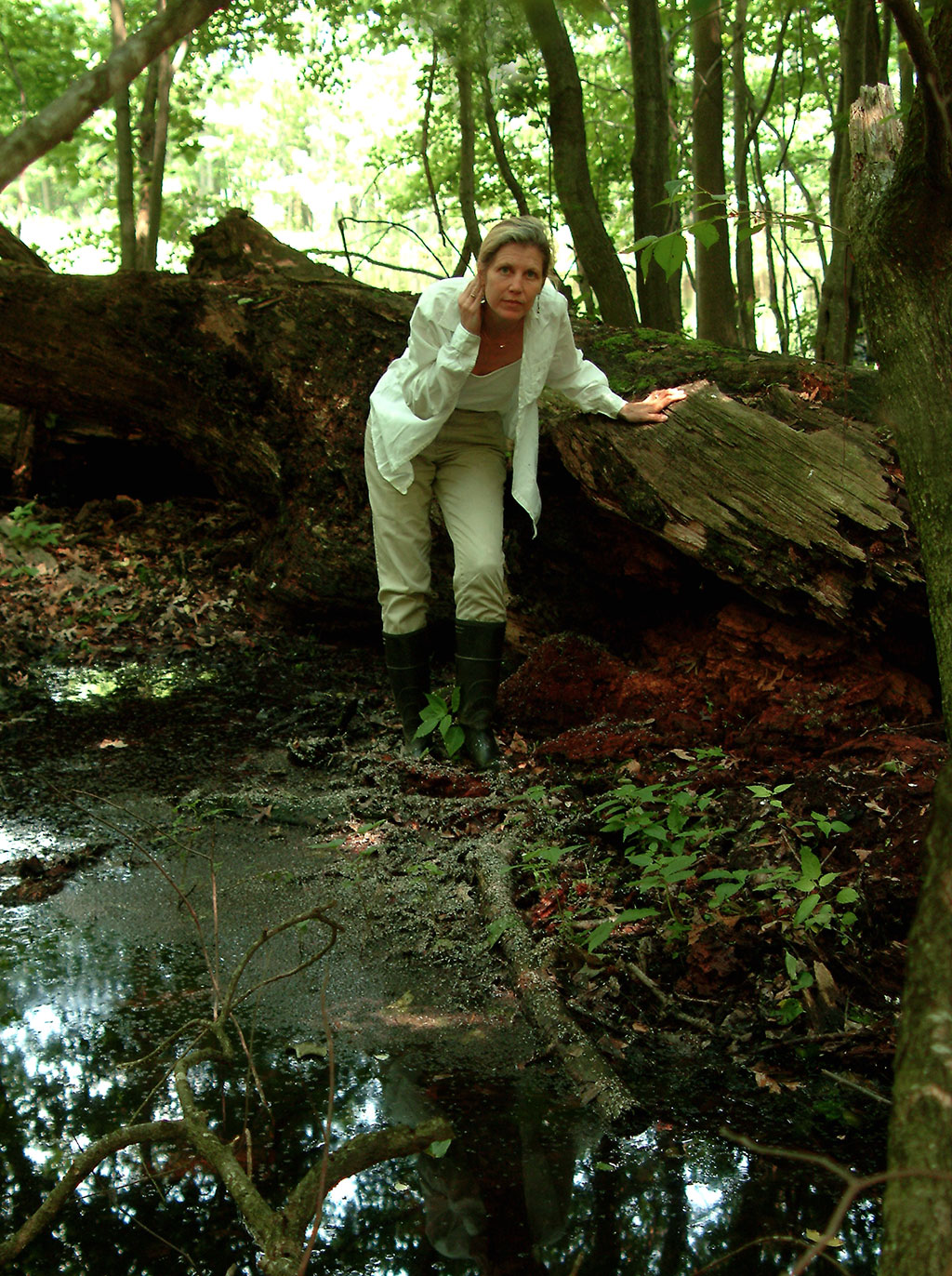Old-Growth Forest Network founder and director, Joan Maloof, has a mission to protect our country’s oldest forests.
By Austa Somvichian-Clausen

What comes to mind when you think of an old-growth forest? Muir Woods in California, if you’ve been there? Or, if you haven’t, maybe spooky, gnarled woods — the kind you saw in the movie Snow White and the Seven Dwarfs as a child. But, those more familiar with the term may think of Joan Maloof and her work dedicated to protecting them.
Maloof, a proud and self-declared tree hugger, and founder and director of the Old-Growth Forest Network (OGFN), knows more about these ancient forests than most people. Yet, even she knows they can be difficult to define, saying “it’s not that simple, really.” Old-growth forests can be hard to define not only because of the continually changing standards for what can now be considered “ancient” or “old-growth,” but also because of how much the term itself has changed over time.
“Some people call them Original Forests,” Maloof says. “In other nations they’re often called Primary Forests. A hundred years ago, we were calling them Virgin Forests. There isn’t just one formula to follow — it’s not black and white.”
But, at any rate, most all of our original forests have been logged or otherwise disturbed. Less than 1 percent are left in the eastern United States, and only 5 percent remain in the West. Even if a long time has passed since being logged, the forest may never fully return to the same state it was in originally.
The ambitious goal of the organization is to ensure that there is at least one forest protected in every county in the U.S. that can sustain a forest — there are more than 2,300 of them out of a total of 3,140. While OGFN focuses on old-growth forests, in many of these counties where old-growth forests do not exist, they find the oldest possible forest to protect. They may not be old-growth right now, but they could be in time. Maloof likes to think of these as “future old-growth forests.” OGFN has more than 50 preserved so far, only three years after its founding.
Maloof explains that one of the obstacles to preservation is that developers who buy a piece of land see the green spot on a map and think only “open ground to develop” and not about the repercussions of ignoring what may be in those areas, including older forests. Also, loggers and developers may take advantage of the strictest definitions of an old-growth forest being an untouched one, to show a particular forest doesn’t count, so they can move forward with their plans to clear the area.
In addition to educating developers, Maloof speaks about the challenge of rallying enough people in a particular area who want to be involved in the preservation process. It may not be easy for most people to understand the importance or significance of an ancient forest until they step into one for themselves — until they smell the fresh air, hear the sounds of the forest and understand the nuances within it. This is why Maloof stresses the importance of the OGFN, hoping eventually there will be a forest within a short distance from every town or city.
“Maybe the days are past to be able to protect the old-growth forests in our community, but we can still protect the oldest forests in our community,” Maloof says.
When a forest is officially added to the OGFN, a hike is usually led through it, and Maloof says that what surprises her visitors the most about old-growth forests, particularly on the East Coast, is how subtle they are. She says they expect a much different experience, similar to the striking redwoods of California (which is also one of her favorite old-growth forests), but that when they begin to understand the subtlety of the forests, many of them become “old-growth forest addicts” who love and understand them.
Maloof says she has a theory that the more time you spend in the forest, the more you find yourself working to save the forest.
Besides being the author of two books, and Professor Emeritus at Salisbury University, Maloof lectues at many universities and conferences. Maloof speaks passionately about a couple of her favorite experiences lecturing, including at Cornell University. As a result of her first book, “Teaching the Trees: Lessons from the Forest,” not only was she invited to the university as their annual Cornell Plantations Guest Lecturer, she also was able to add Cornell’s own old-growth forest, Fischer, to the OGFN and, ultimately, ensure that it is protected from being logged.
Currently, Maloof has a third book in the works. She says an official title has not been decided on, but that it will be a collection of data from numerous journal articles that all lead to a key conclusion: old-growth forests have superior and important biodiversity compared to other types of forests. She is hoping that, once published, her latest book will reach those in forestry schools as a supplementary text and will help educate future guardians of the forest.
Although it may be difficult to pin down a clear definition of an old-growth forest, what is clear is that, as long as Joan Maloof is around, they will have a strong advocate for their survival.
Austa Somvichian-Clausen is American Forests’ spring 2016 marketing and communications intern and is a senior at American University, studying public comunications and environmental studies.
